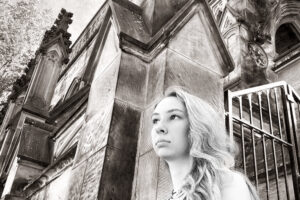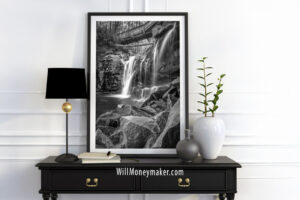There’s a common refrain we’ve probably all heard, whether it’s in regards to photography or to something else. You’ll hear people say, “I haven’t found the time to do X thing.” Most of the time when people say this, it’s just an offhand remark. But offhand remarks can be telling of our mindsets.
I’m bringing this up because to my mind, it’s not always about finding the time to do things. Don’t get me wrong—found time, like a snow day, is a wonderful thing. But for most of us, with our busy lifestyles, it’s instead about making the time we need to pursue our passions.
So how do you make time? It’s impossible to add extra hours to the day. We’re capped at those 24 hours no matter what we do. So we must instead look to ways that we can make the most of our time. Doing this requires a routine.
Structure is the most important thing here. Structure is what allows us to make sure that there is room in our schedules for everything we need to do and everything we want to do. This is why people schedule time for their hobbies, for date night, and for things like family game nights. Because if we don’t put these things out our schedules, they get lost in the shuffle and we end up not doing them.
Structure is also important because, where photography is concerned, it teaches us when to be creative. For lack of a better metaphor, let’s liken it to potty training a new puppy. When training him, you need to feed the puppy and take him outside at certain times each day with very little variance to this schedule. In doing this, the puppy learns when dinner time is, and he learns when it’s time to go to the bathroom. He even becomes more physiologically capable since this structure trains his body to have a relatively regular bathroom schedule.
Scheduling time for our creative endeavors works the exact same way. If we know that every day at 6 PM, we will be doing something photography related, we begin to look forward to that time. We learn that this is the time for creativity, and because it is now an ingrained part of our schedule, we begin to ready ourselves for it in advance so that when the creative portion of the day comes, we’re ready to go.
In a physiological sense, this also helps our minds. If we’re sticking to a routine, then our minds eventually pick up on the idea that each day at this time is when our neurons should be firing with creativity and ideas.
Structure can be a difficult thing to maintain, especially during uncertain times. Creating routines takes some trial and error until we find the routines that best meet our individual needs and that fit around all the things that we must do. Once you create that routine, though, you’ll find yourself getting more done—both the things you have to do, and the things you want to do.
Now go and enjoy the beauty of God’s creation through your lens.




